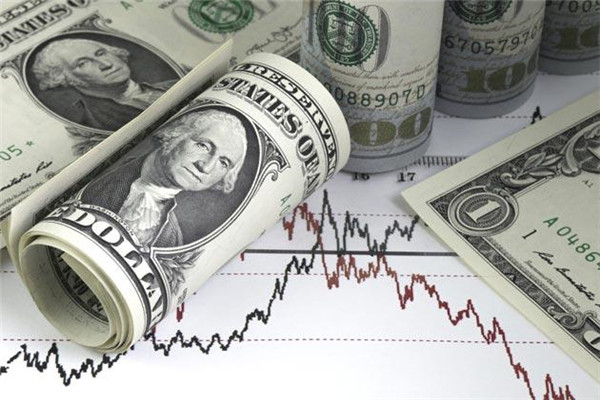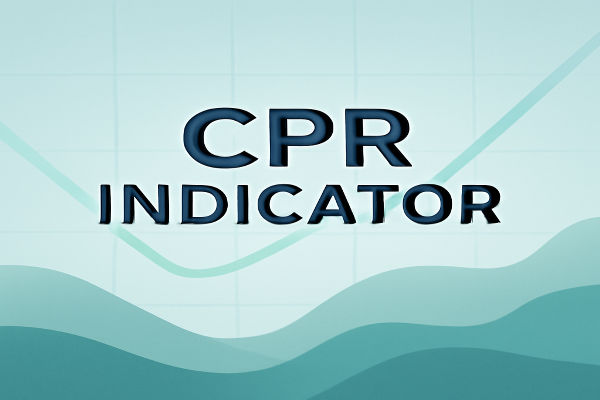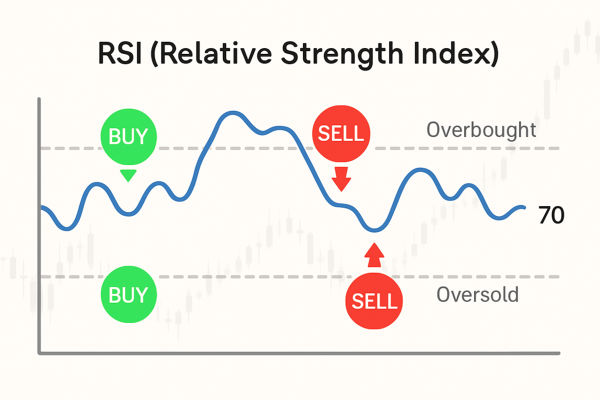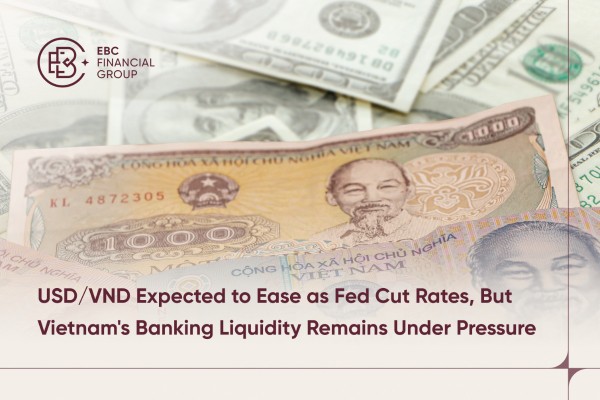In forex trading, pips are the smallest unit of measurement, the smallest price change that a currency pair can make. In the foreign exchange market, currency prices are quoted in standardized units called pips. One hundred pips is often called a “big figure”. Pips are the smallest amount a currency quote can change, so they are the most basic unit of measurement in forex trading. Traders use pips to measure their profit or loss. A pip is the last decimal place of a price quote. Most currency pairs are quoted to 4 decimal places, except for yen pairs which are quoted to 2 decimal places. This standardized measurement allows traders to compare price movement across different currency pairs in the foreign exchange market. Traders often use a forex pip calculator to determine potential gains or losses based on market movement and to calculate the required margin for opening a position.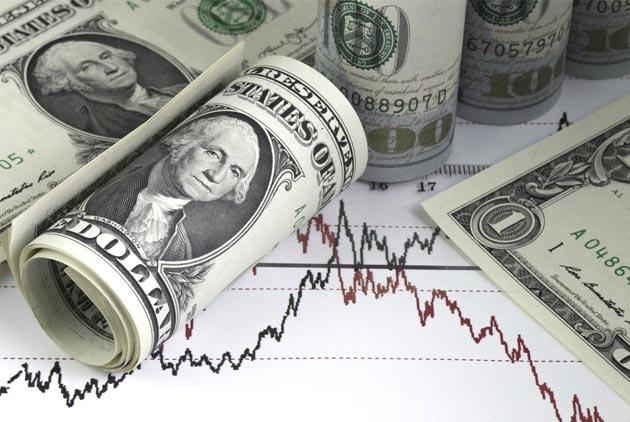
Understanding Pips in Forex Market
Pips are a fundamental concept in the forex market, and understanding them is crucial for forex traders. A pip is the smallest unit of price movement in a currency pair, representing a change in the exchange rate. In most forex pairs, one pip is equal to a single-digit move in the fourth decimal place (0.0001) of the pair’s price. This is equivalent to 1/100 of 1%. For example, if EUR/USD moves from 1.1732 to 1.1737, it has gone up five pips. This standardized measurement allows traders to easily quantify and compare price movements across different currency pairs in the foreign exchange market.
Pips, Pipettes, and Fractional Pips
A pip, short for percentage in point or price interest point, is a basic concept in the foreign exchange market. Forex traders buy and sell currencies with values quoted against another currency. Quotes for these forex pairs are bid and ask spreads, 4 decimal places. The movement of the exchange rate is measured in pips, one pip is the smallest whole unit for most currency pairs. But many forex brokers now offer ‘fractional pip pricing’, adding an extra decimal place to their quotes. This fractional pip, or pipette, gives tighter spreads and gives traders a more precise view of the currency price movement. Fractional pips is an extra unit of measurement for price movement, with more granularity in forex trading.
How Pips Work
Pips work by measuring the change in the exchange rate of a currency pair. The value of a pip can vary depending on the currency pair being traded, the trade size, and the account currency. In the forex market, currency prices are quoted in a standardized unit called pips. One hundred pips is often referred to as a “big figure”. Pips are the smallest amount by which a currency quote can change, making them the most basic unit of measure in forex trading. Forex traders frequently use pips to reference their profits or losses, as even small movements can have significant financial implications due to the large volumes traded in the forex market.

Pip Value Calculation
The value of a pip varies depending on the currency pair, the exchange rate and the trade value. When your forex account is funded with the US dollar and USD is the quote currency, such as in EUR/USD, the pip value is fixed at 0.0001. To calculate the value of one pip, you multiply the trade value (or lot size) by 0.0001. For example, with a trade value of 10,000 EUR in EUR/USD, the pip value is $1. If you buy 10,000 EUR against the dollar at 1.0801 and sell at 1.0811, you will make 10 pips or $10 when USD is the base currency, such as in USD/CAD, the pip value calculation is the exchange rate. You divide the size of a pip by the exchange rate and then multiply by the trade value to get the accurate pip value for different currency pairs. Using a forex pip calculator can simplify the process of determining the pip value for different currency pairs and trade sizes.
JPY Exception
Japanese yen (JPY) pairs are the only exception to the 4 decimal place rule, they are quoted to 2 decimal places. For currency pairs like EUR/JPY and USD/JPY, the pip value is calculated as 1/100 divided by the exchange rate. For example, if EUR/JPY is quoted at 132.62, one pip is 1/100 ÷ 132.62 = 0.0000754. With a lot size of 100,000 EUR, the pip value in USD would be $7.54. Fractional pips, or pipettes, are smaller than pips and gives more precision. They pip values may appear as a superscript at the end of the quote or as the 5th digit to the right of the decimal point (or 3rd digit on yen pairs). Although it’s a tenth of a pip, traders often refer to pipettes as pips which can sometimes be confusing.
Pips and Profitability in Forex Trading
The movement of the exchange rate of a currency pair is what determines a trader’s profit or loss. For example, a trader who buys EUR/USD will profit if the euro appreciates against the US dollar. If the trader buys at 1.1835 and closes at 1.1901, he will make 66 pips (1.1901 - 1.1835). If he sells USD/JPY at 112.06 and closes at 112.09, he will lose 3 pips. But if he closes at 112.01, he will make 5 pips. Although these may seem small, in the multitrillion dollar forex market, these gains and losses can add up fast. For example, on a $10 million position closed at 112.01, the trader will make ¥500,000 which is equivalent to $4,463.89 (¥500,000 / 112.01) showing how pips affects profitability in forex trading. A forex pip calculator can help traders quickly assess their potential profits or losses based on the movement of the exchange rate.
Disclaimer: This material is for general information purposes only and is not intended as (and should not be considered to be) financial, investment, or other advice on which reliance should be placed. No opinion given in the material constitutes a recommendation by EBC or the author that any particular investment, security, transaction, or investment strategy is suitable for any specific person.
